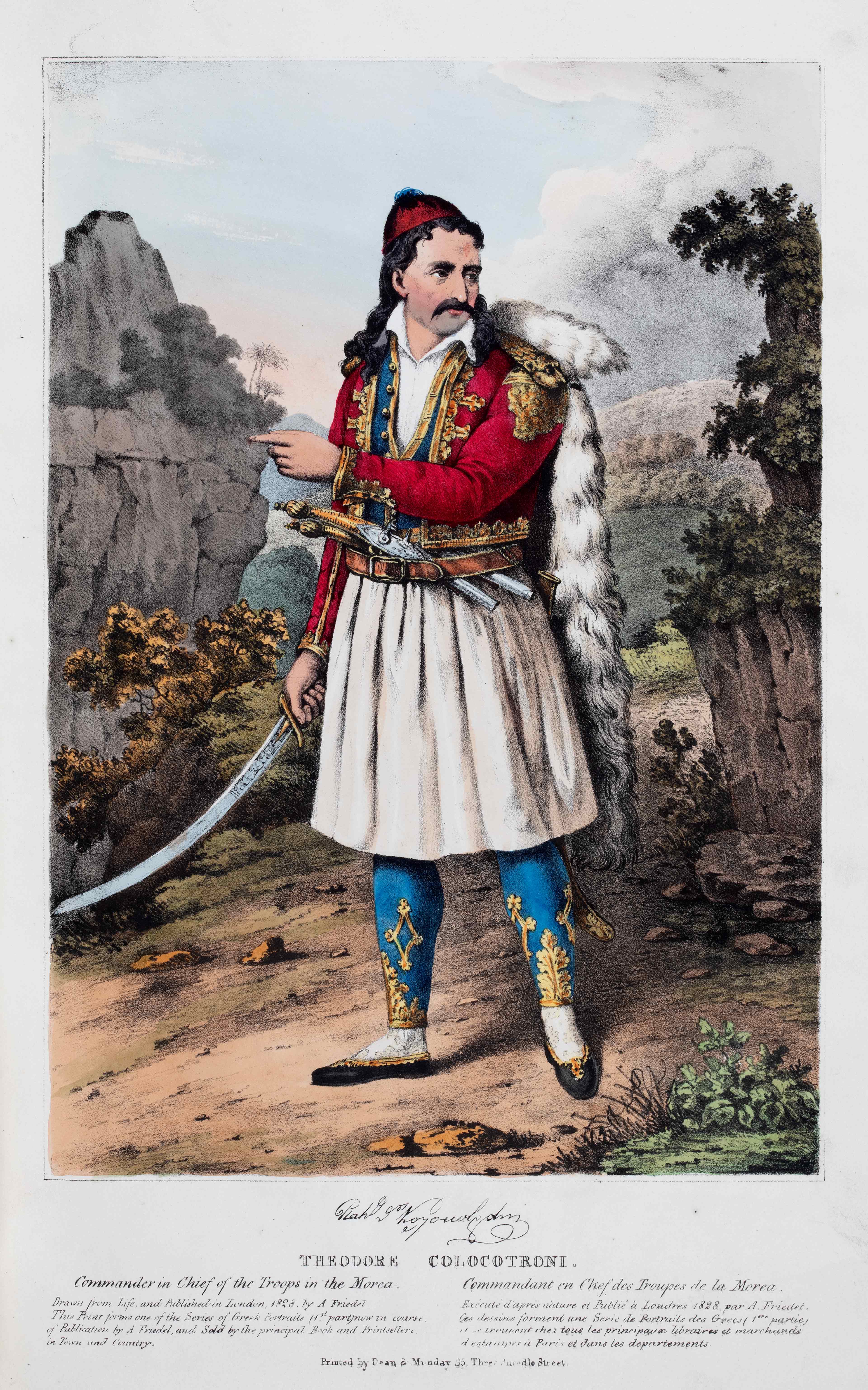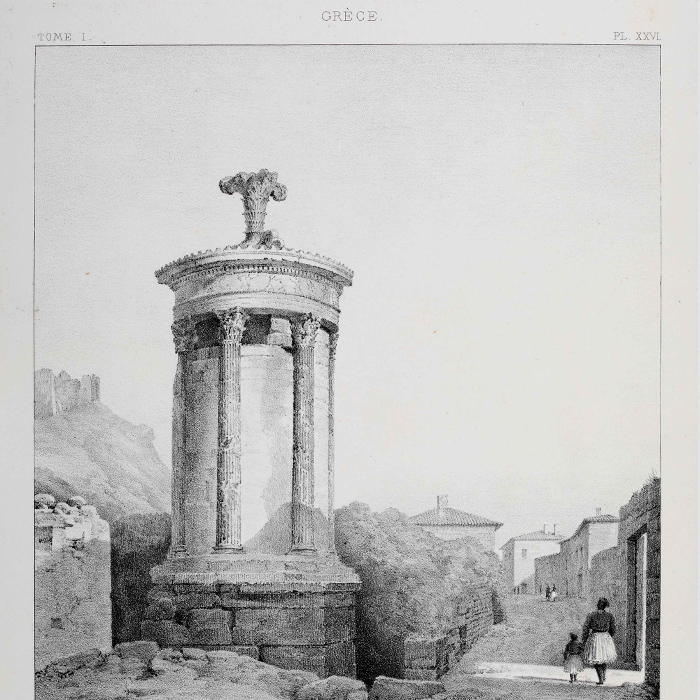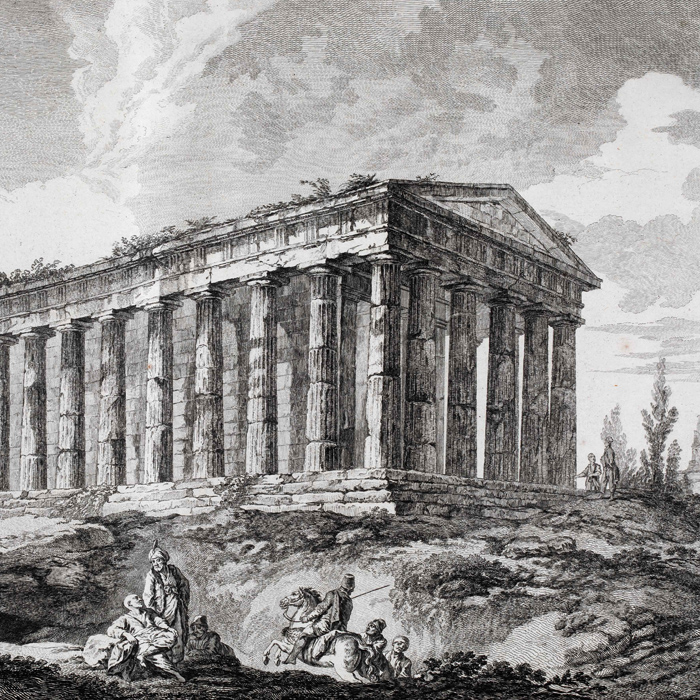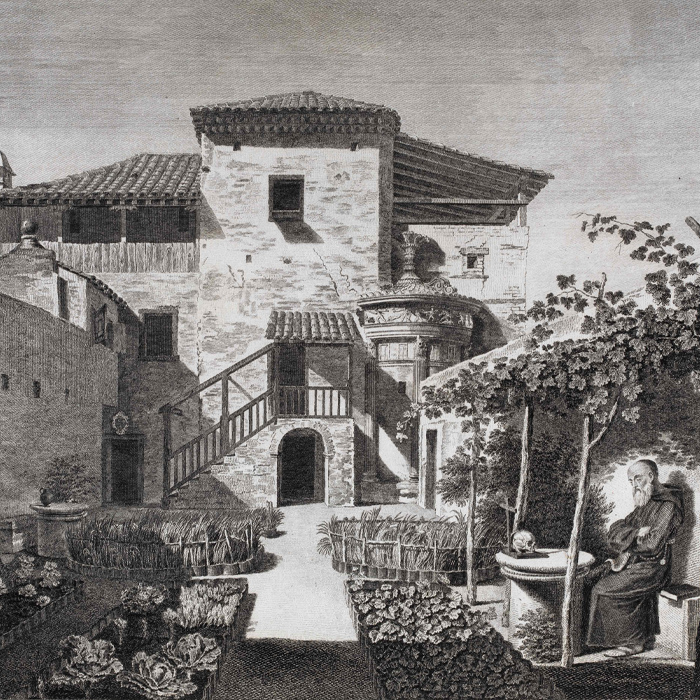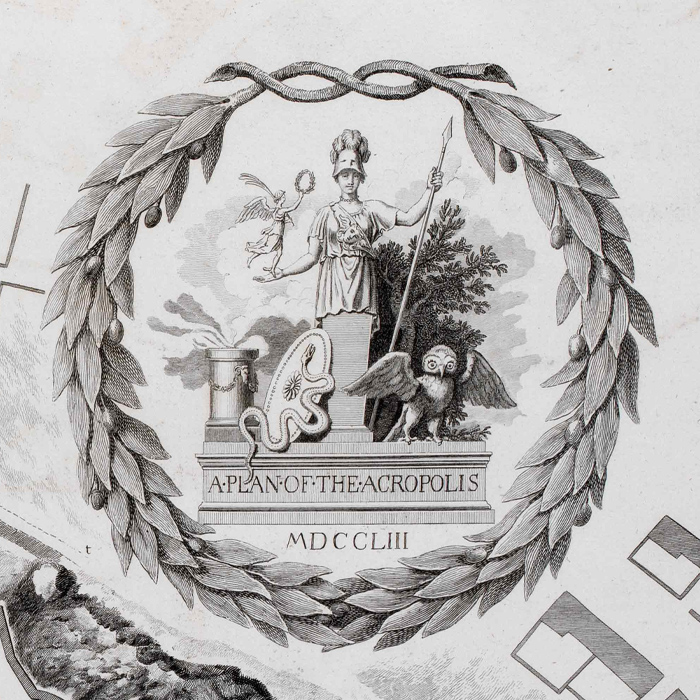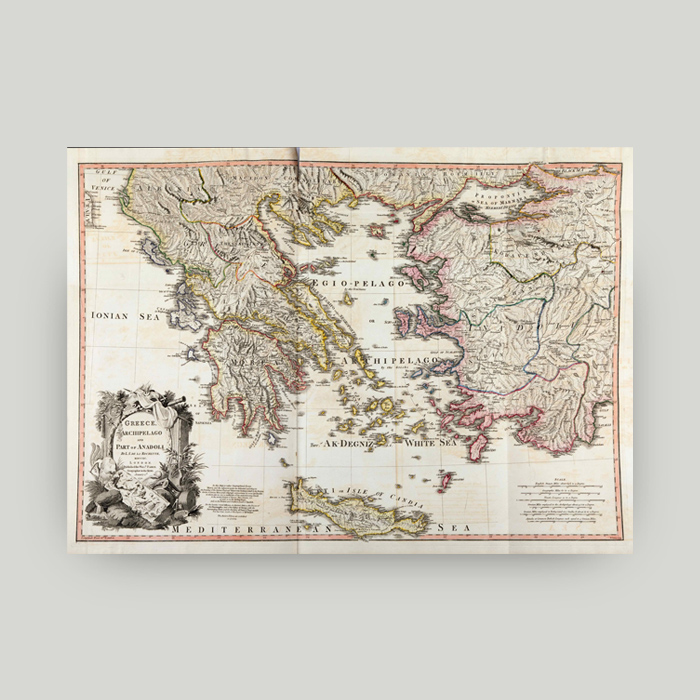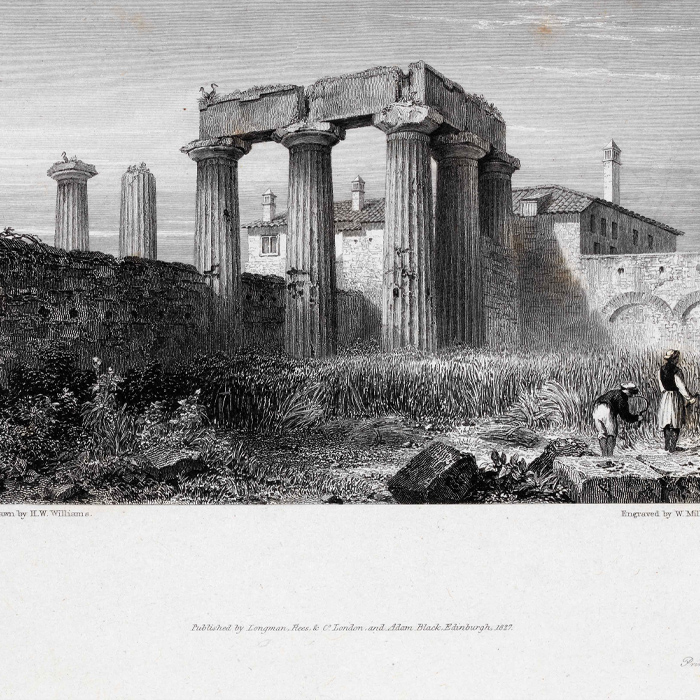Heroes of the Greek Revolution
The book Heroes of the Greek Revolution is a collection of 24 hand-coloured lithographs depicting heroes of the Greek War of Independence of 1821. Danish artist Adam Friedel met the war heroes in person and drew their portraits. His collection brought the faces of the Greek war heroes to the Western world, raising awareness on the Greek cause.
External appearance and illustrations
The book Heroes of the Greek Revolution is 45 cm (height) 32 cm (width). It comprises 24 hand-coloured lithographs, depicting the heroes of the Greek Revolution of 1821.
Adam Friedel has added biographical and historical details to each lithograph. Therefore, his portraits become valuable historical material.
Heroic personages
The 24 lithograph portraits present not only military but political personages of the Greek Revolution. The portraits were drawn in person by Adam Friedel. They were later lithographed and hand-coloured by J. Bouvier. The collection was published in Paris and London.
The portraits include those of: Alexandros Mavrokordatos, Lord Byron, Demetrios Ypsilantis, Theodoros Kolokotronis, Manto Mavrogenous, Nikitaras, Petrobey Mavromichalis, Papaflessas, Ioannis Kolettis, Laskarina Bouboulina, Andreas Miaoulis, Constantine Botsaris, Constantine Kanaris, Ioannis Mavromichalis and Odysseas Androutsos.
A popular book
The publication was a very successful one. It was sold in the United States and even in India. In fact, it had been repeatedly republished until 1832.
Its success supported the efforts of the Philhellenic Committees to make the Greek cause known to Europe.
With this collection of lithographs, Friedel offered a great service. He brought the faces of the Greek revolutionary fighters to the West. It his manner he helped raise awareness on the Greek cause.
Adam Friedel: The traveller who loved Greece
Danish Adam Friedel (approx. 1780-1868) served as an officer in the Napoleonic Wars. After the end of the wars, we followed a compatriot of his on a tour of the Ottoman Empire.
Friedel was initiated into The Society of Friends (Filiki Etaireia). After many trips to Russian territories, he ended up on Zakynthos. From then we went to the Peloponnese at the start of the Greek Revolution. He participated as a volunteer, identifying himself as a lieutenant and a baron, under the name Friedel von Friedelsburg. He met many notable figures of the war in person and drew their portraits.
In June 1822 Friedel was discharged from the regular Greek army. In 1823 he travelled to Egypt. The goal of his trip was to raise money from his fellow Danish people, to give to the Greek War.
In 1824 he found himself in Messolonghi, together with Lord Byron. However, when J.J. Mayer, the publisher of the paper Ellinika Chronika (Greek Chronicles) warned the Philhellenic societies to avoid the conman Friedel, he moved to London and opened a lithography shop. In 1825 and 1826, he published his collection with the 24 portraits of the Greek fighters.
Greece honours Friedel
Due to health reasons, Friedel left Britain and moved to Southern France and Italy. He returned to Athens in 1849, when he was honoured with the “Excellence of the Greek Revolution” and the “Silver Cross of the Order of the Redeemer”.
He travelled to Smyrna and taught in a Greek school for 2 years. After many travels, he returned to Athens again in 1865.
He then submitted a memorandum to King George I, with documentation, argumentation and information on his life and action. With his memorandum, he requested a pension against the services he had provided to Greece. His time and place of death are unknown.
The Alpha Bank Rare Book Collection is not open to the public.
However, you may visit the other collections of the Alpha Bank Library.

